





As a natural boundary between northern and southern Europe, the river Danube has often been a battleground where many tribes and nations fought for supremacy, including Celts, Romans. Byzantines, Turks, Ugrians and Serbs. To fortify their borders, many rulers chose to build forts on the banks of this river. Some of them still proudly stand witness to the turbulent history of these parts, ready to reveal their secrets to visitors.
In the fertile plains of Vojvodina, near the city of Bač, after which the entire region of Bačka was named, stand the remains of the oldest Austrian fortress in Serbia. It is believed to have been a mighty fortification in its day, built during the reign of King Charles Robert of Hungary. A tour of the Bač fortress, with its well-preserved keep tower and several auxiliary towers, evokes the atmosphere of the 14th Century, when the ramparts of this fort constituted an important part of the Austrian Empire’s defence system.
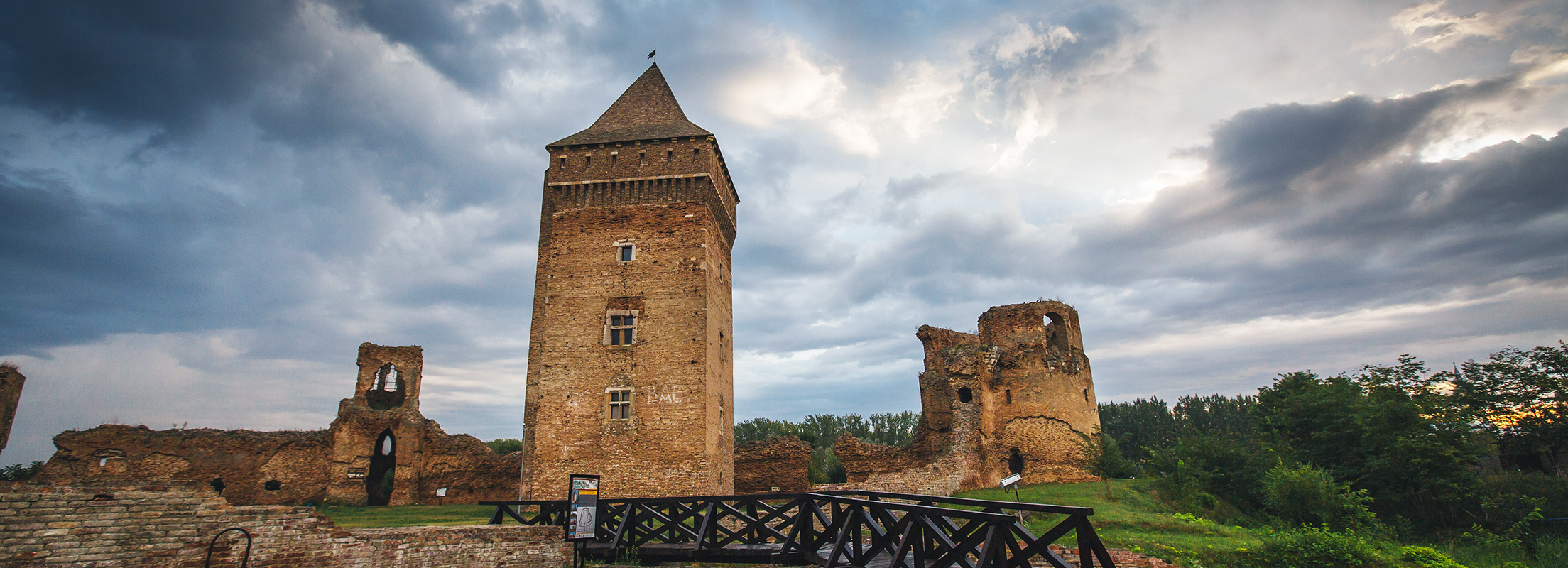
Info: Bač Fortress
This fortress, constructed from 1692 to 1780, was designed by Austrian military engineers, who copied the French military fortification system designed by the famous builder Vauban. As you walk through the Upper Town, past the Arsenal and the Officers’ Pavilion, all the way to the Lower Town, with officers’ residential quarters, hospitals and barracks, you will discover what life was like in this “city within the city”, accessible only to the fort’s keepers. And if you wish to hide from the sun and wind, go underground and walk along the 16 kilometres long dungeons which will take you like a labyrinth to the exciting underground world of Petrovaradin Fortress. In July every year, Petrovaradin Fortress also becomes the capital of fun, as it hosts the acclaimed music festival Exit.
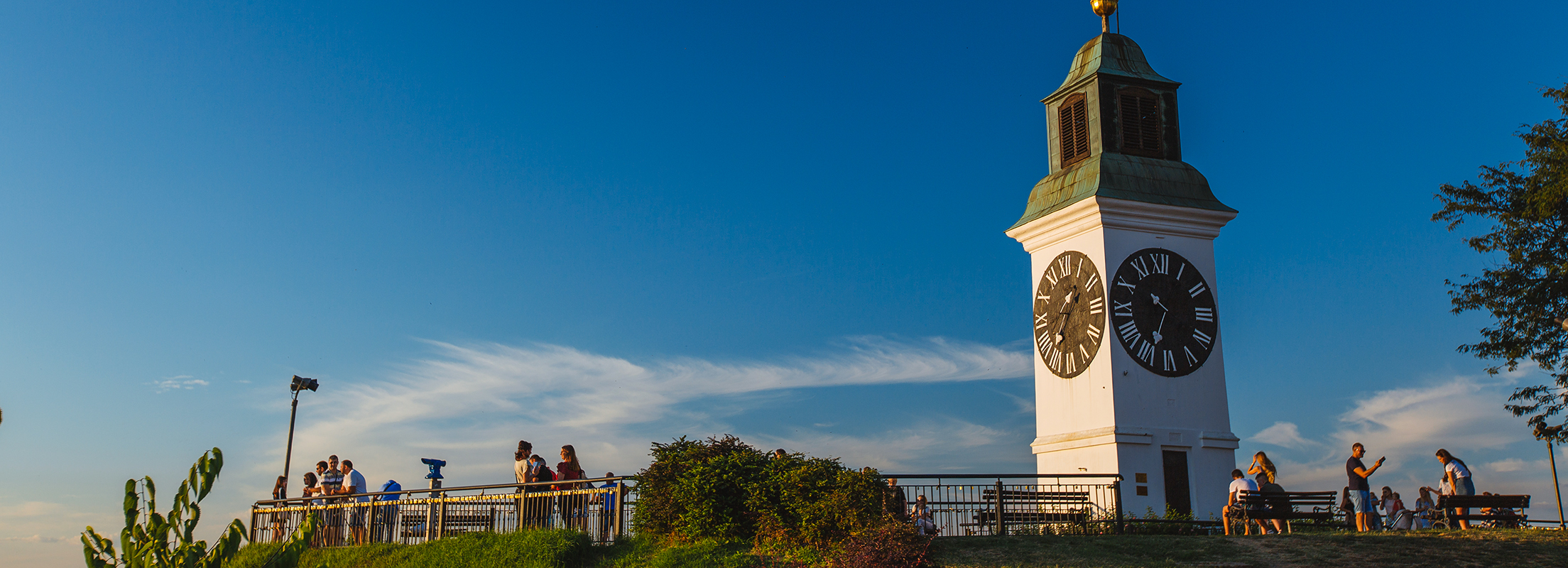
Info: Pertovaradin Fortress
Belgrade Fortress, one of the main tourist attractions of the Serbian capital, is a favourite walking and recreation area with locals and guests alike. The first fortress at the confluence of the Sava and the Danube was built by Celts, and the nations that succeeded them gave the fortress its present shape. Between the 2nd and the 18th Century, Romans, Byzantines, Ugrians and Ottoman Turks all adapted the fortress to suit their own needs, leaving behind a structure distinguished for its eclectic style, in which everyone can find elements of an era close to their heart.
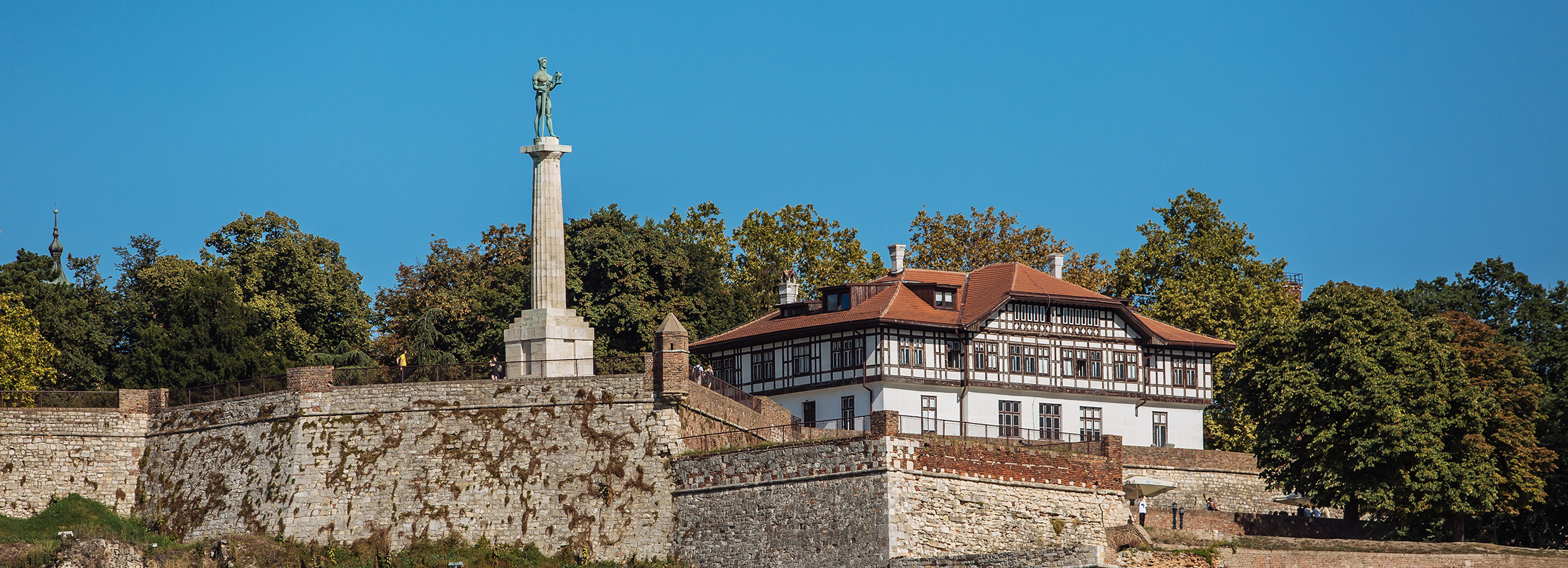
Info: Belgrade Fortress
Looking at the tranquil landscape in the region of Smederevo, it is hard to believe two mediaeval empires clashed several centuries ago at this very spot. Built in the 15thv Century at the behest of the Serbian despot Đurađ Branković, Smederevo Fortress is the last large-scale creation of Serbian military architecture. Situated in the then-capital of Serbia, the fortress soon became a battleground where Serbs and Turks frequently fought each other. To this day, the imposing Smederevo Fortress has many legends of defeat and victory to tell to all those who are willing to listen to its calls.
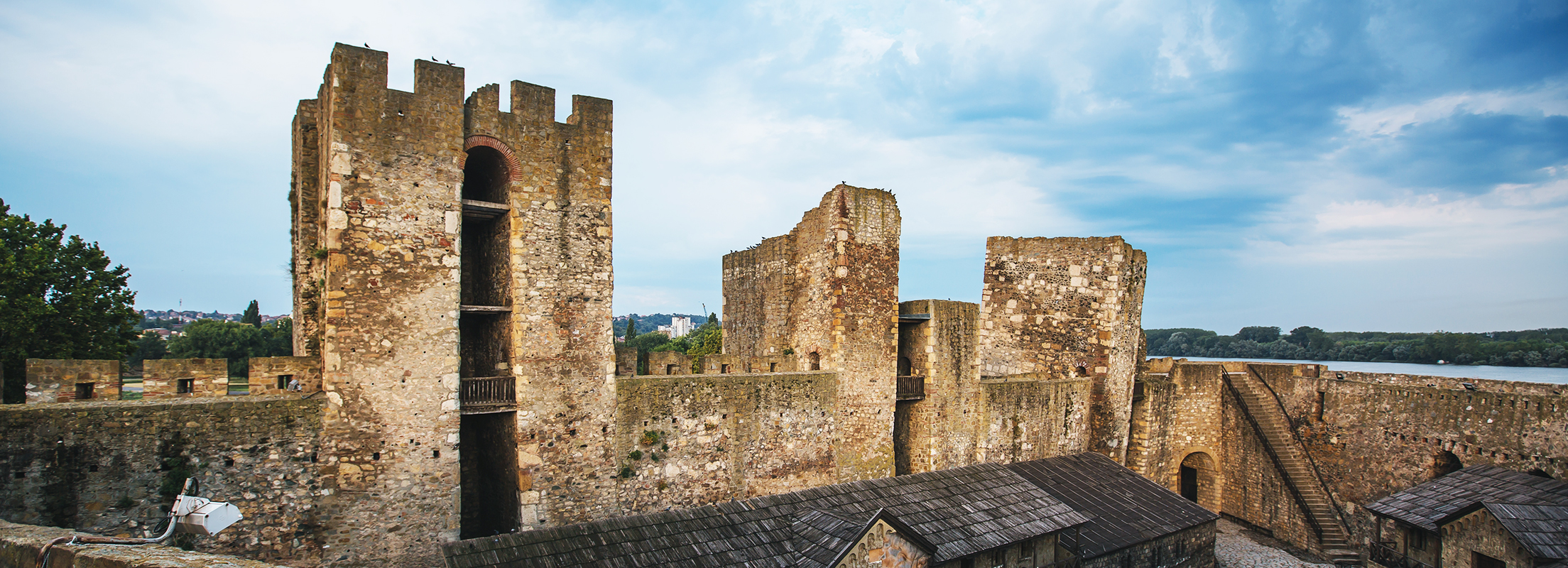
Info: Smederevo Fortress
As they sail around the village of Ram on the Danube, tourists are inevitably and almost magically drawn to the star-shaped design of the fortress, which has proudly stood on the right bank from the 15th Century to the present day. As a witness of the fight for supremacy between Christianity and Islam, Ram Fortress was conquered and lost by Byzantines, Ugrians and Turks, until it finally fell into the hands of mediaeval Serbian despots.
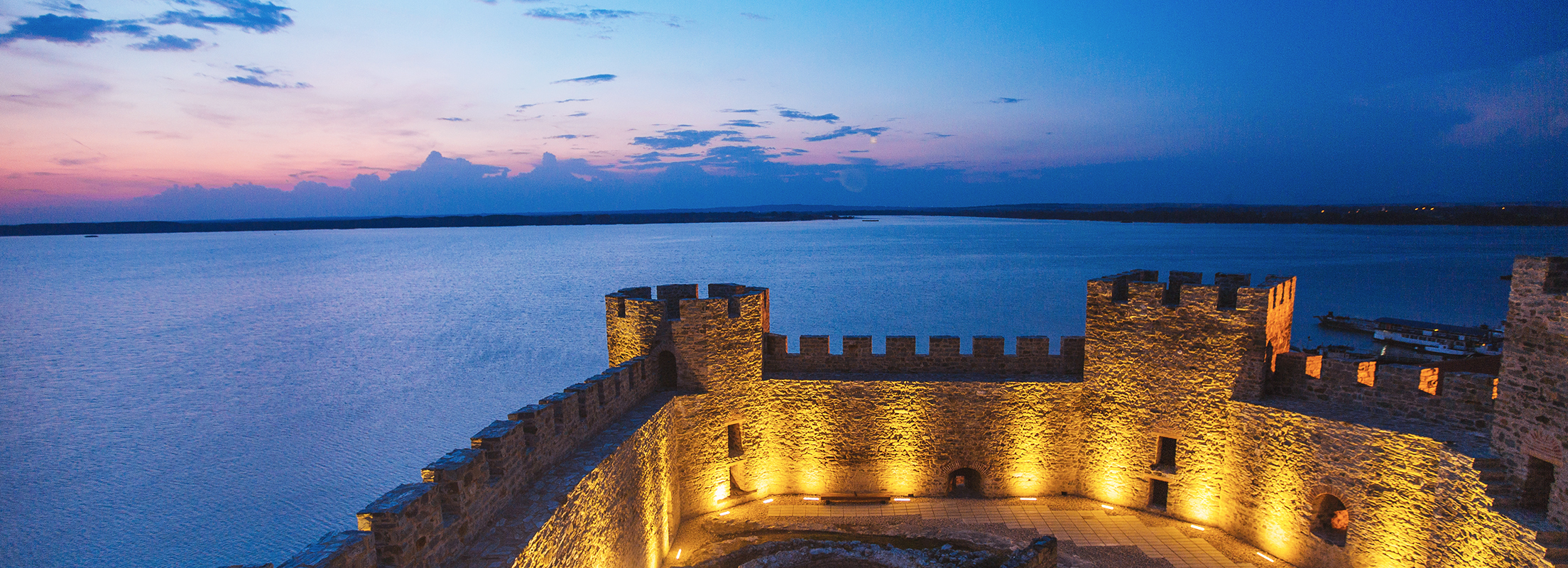
Info: Ram Fortress
On the right bank of the Danube, at the entrance to the Djerdap Gorge, stands another architectural gem of this region. Built in the 14thv Century on an inaccessible cliff above the Djerdap Gorge, Golubac Fortress was the site of many clashes between the Serbian state and Ottoman Turkey. The view from the vantage point on the Golubac Fortress is equally fascinating today as it was at the time when mediaeval rulers looked across the river to its other bank and planned their next moves.
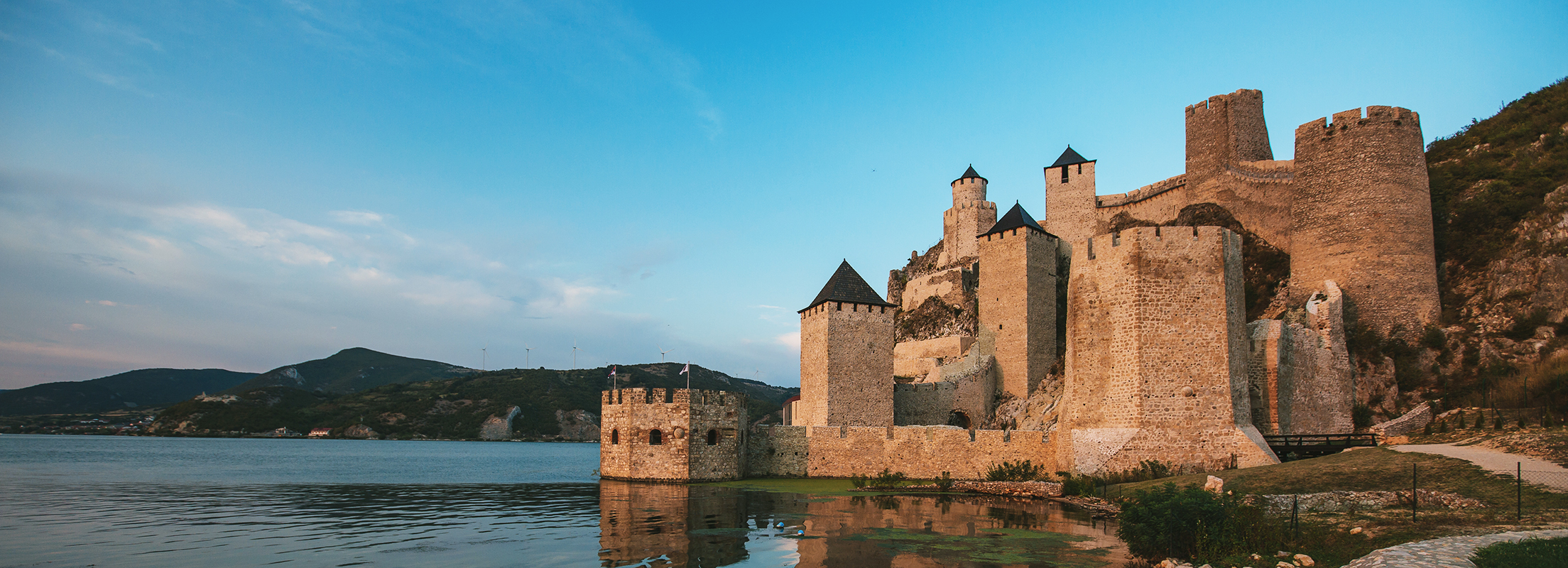
Info: Golubac Fortress
At the entrance to Fetislam Fortress, built by Turkish rulers in the 16th Century, you will be greeted by a marble memorial plaque dedicate to the Turkish sultan Mahmoud II. This interestingly named fortress, whose moniker translates as “victory of Islam”, features masterfully designed round towers, from which artillery was always ready to fend off enemy attacksn.
Info: Fetislam Fortress